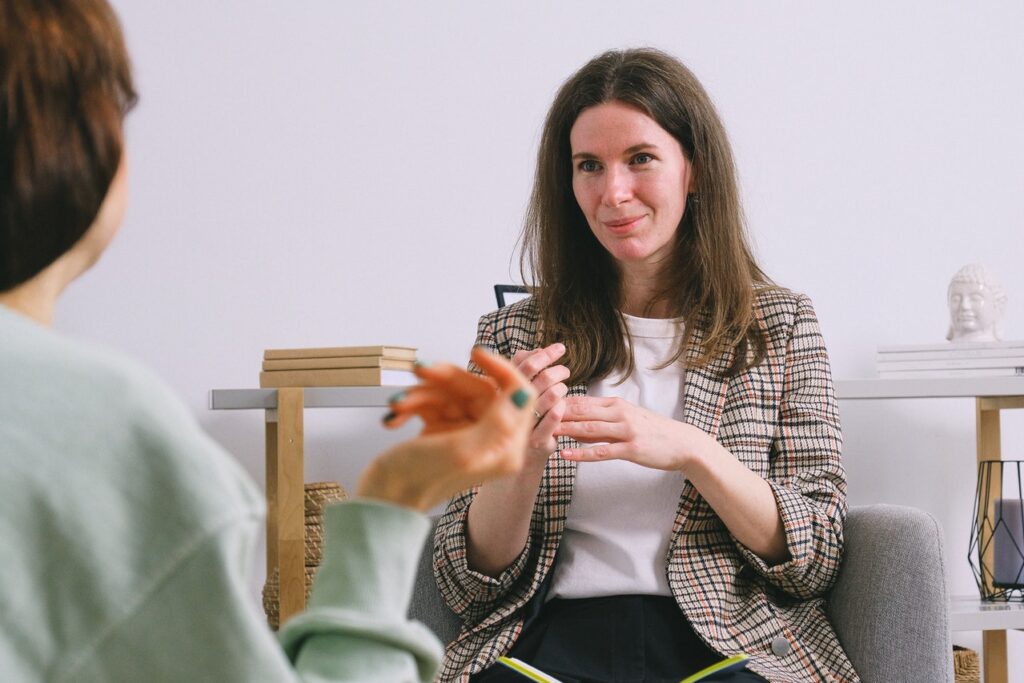
According to the National Institutes of Health (NIH), about 4.5 percent of adults age 18-44 deal with ADHD on a daily basis. ADHD begins in childhood but continues into adulthood up to 60% of the time. More adults are being diagnosed now that it is better understood that ADHD can persist into adulthood. And many adults who were never diagnosed are discovering they have the condition.
Once a diagnosis of adult ADHD is made, the natural question is: How do I treat it?
ADHD Medication
Usually, medication is the first-line treatment for adult ADHD. Though it is effective for about 80% of patients, medication is not an easy answer. Here are some things to consider before taking medication:
- Finding the right medication, dosage, and schedule can take months.
- Every medication has side effects for some people. Balancing those with the positive effects of medication is a trial-and-error process. Finding the optimal medication and dosage with minimal side effects takes time.
- To get the most out of medication, you must communicate with the prescribing doctor and follow his or her advice, especially during the initial phase of taking the medication. This communication is needed to adjust dosage and control side effects in a timely manner.
- Medication isn’t a magic bullet. It helps manage some ADHD symptoms, but it is not a cure.
Research has shown that supplementing medication with some type of behavioral therapy and/or coaching is often the most effective strategy.
The Basic Types of ADHD Therapy
The broad categories of ADHD therapy include:
Cognitive Behavioral Therapy (CBT) – This approach pinpoints problem behaviors and develops strategies for changing them. CBT is a short-term, goal-oriented form of psychotherapy that aims to change negative patterns of thinking and change the way a patient feels about herself, her abilities, and her future. It works by choosing a problem behavior — procrastination, say — to focus on. The next step is to understand the motivation for the behavior, and change the thoughts and perceptions that cause it. Then, practical ways are developed to change the behavior. Finally, the therapist works with the patient to implement the strategies, and try new ones if they don’t work.
Mindfulness-based CBT – Mindfulness-based cognitive therapy combines conventional cognitive behavioral interventions with mindfulness meditation. Mindfulness promotes an open and alert state of mind in which the person’s attention stays in the present moment. Thoughts and feelings that arise during mindfulness exercises are recognized but not judged.
Occupational Therapy -Occupational therapy assists people with needs required to take part in daily life activities, e.g., self-care, work, or leisure. The treatment regime may involve skill building and / or modifying the person’s workplace or environment. An occupational therapist can help with establishing daily routines, navigating problematic social situations, stress management and managing sensory stimulation.
Traditional Psychotherapy – Couples and family therapy can be used to help adults with ADHD work with loved ones to set up useful behavior plans, increase accountability and cooperation, and improve interpersonal communication and relationships.
ADHD Coaching – ADHD coaching targets issues related to executive function such as: planning, time management, goal setting, organization and problem solving. An ADHD coach can also help with motivation and persistence to complete tasks.
All of these modes of therapy can be supplemented with strategies for improving:
- Diet / nutrition
- Exercise
- Sleep
Here are some things to consider about therapy:
- Every treatment plan is unique to the individual – You may need to try a variety of treatment programs to achieve the best symptom control.
- Test each therapy approach separately – It’s often best to start by trying one thing at a time so you can see what effect the treatment is having.
- Keep a record – When you introduce something new, keep a log so you can follow your progress and understand the results of each thing you try.
- Be patient – Don’t drop a treatment from your plan if changes aren’t happening as quickly as you would like. Change takes time. Look for ways to adjust the treatment before you give up on it.
It may take time, but with the right therapist and the right therapeutic approach, you can grow the skills you need to thrive with ADHD.
References
- https://www.verywellhealth.com/adhd-therapy-for-adults-5217992
- https://www.webmd.com/add-adhd/features/adult-adhd-therapy-finding-right-therapy
- https://chadd.org/for-adults/cognitive-behavioral-therapy/
- https://www.additudemag.com/adhd-treatment-options-adult/
- https://www.helpguide.org/articles/add-adhd/treatment-for-adult-adhd-attention-deficit-disorder.htm
- https://www.healthline.com/health/adhd/facts-statistics-infographic#fast-facts


